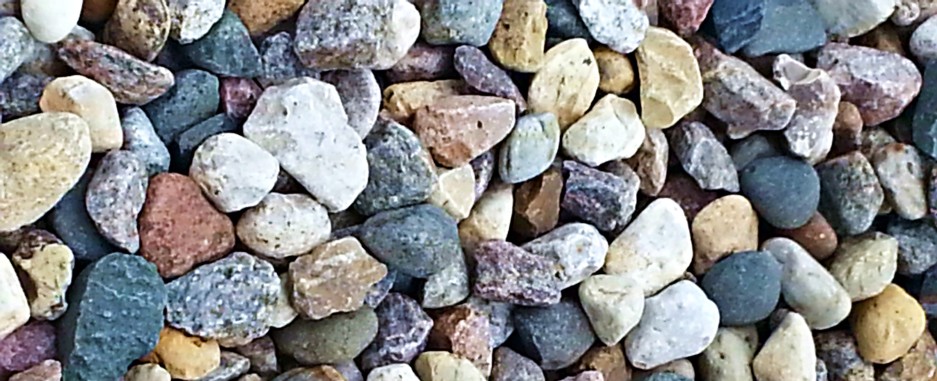
City Limits-as Seen from Lodging Location
Relaxed & Quiet Small Town
Winter Retreat
I retreated to Camp Verde, Arizona http://www.campverde.az.gov February 2019-one of the snowiest months in Nebraska history. Of course, I had no way of knowing Omaha would top their February record with 27 inches of snow. But I did know that if I was going to find a writer’s retreat in 2019 a warm climate in February sounded like a great plan.
Phoenix and the surrounding area, like Mesa, is popular with Midwestern snowbirds. I’ve visited many times for business and leisure. I enjoy the area but not necessarily the winter congestion.
I was fleeing Nebraska alone and sought an area that was easy to navigate and gave a ‘safe’ vibe.
Lengthy Housing Search
I began searching online in August 2018 for a one-month rental in the greater Phoenix area. That was the equivalent of hunting for gold in an Iowa corn field during July. It didn’t exist. Nearly all accommodations required a 3-month commitment. I had only 30 days.
I widened my geographic search and thus my month long stay in a ranch house rented through http://www.VRBO.com. The property was in the city limits despite being surrounded by what Midwesterners call farms and ranches.
The place seemed ideally suited to a solo female traveler seeking a quiet writer’s retreat for the month. It’s also perfect for a couple exploring Arizona together.
Camp Verde has a number of lodging options: vacation rentals, campgrounds, and hotels.

Peaceful Retreat 
Work & Dining Table in Ranch House
Camp Verde, Arizona

Camp Verde was an unknown community to me. I wasn’t quite sure what I’d be driving into about an hour south of Flagstaff. Upon arrival, I found the community was a perfect blend of urban and rural with endless outdoor natural areas, along with multiple historical sites. There was a grocery store, enough dining options, a post office, a drug store, unique attractions and more. It intrigued me. I’d made a great choice.
Its location is a very comfortable drive to many towns like Cottonwood https://visitcottonwoodaz.org/, Prescott http://www.visit-prescott.com/, Jerome http://azjerome.com/jerome/, Sedona https://visitsedona.com/ and Payson https://www.paysonrimcountry.com/.

Sedona 
Red Rocks 
Jerome
Click on this link for a great map of Camp Verde and other information. https://heartofcampverde.com
Get to Know Camp Verde
- Population 11,239 (2017)
- Median age: 45
- Located in the Verde River Valley. Referred to as “the valley” by residents.
- The incorporated town is 46.2 square miles.
- Downtown is one mile off I-17.
- Surrounded by Prescott National Forest.
- Four-season climate (It snows here. Melts quickly.)
- Dark sky community https://www.darksky.org/our-work/conservation/idsp/communities/
- Businesses of every type exist to make your stay complete. Visit https://visitcampverde.com/
I immersed myself quickly into the community and enjoyed every day, even the colder, snowy ones. (Winter 2019 in Arizona was also record setting for snow and rain.)

Confused Cactus 
Snow Day 
Enroute Payson
I committed to writing up to six hours a day, volunteered and extensively explored the area while shopping local.
I met many local residents and thoroughly enjoyed the community.
Phoenix to Camp Verde
Several guests visited. Each arrived at the Phoenix airport and shuttled north. The van conveniently stops at the Camp Verde exit off I-17. https://groometransportation.com/arizona
Friendly, Outgoing Neighbors

Plan Your Winter Getaway to Camp Verde.
Share this with others considering an Arizona trip.
Have a question or need more tips? Contact me below.
©November 2019. Linda Leier Thomason All Rights Reserved. This means seek permission before using copy or images from this site. Images are available for purchase.
Linda Leier Thomason writes freelance business and travel stories along with feature articles. Her work experience includes a Fortune 500 corporation, federal government, entrepreneurship and small business. Read more about her background and qualifications by clicking on the “Meet Linda” tab above.


 Poor insulation, thermostats set too low and a quick drop in temperature, especially below 20 degrees or less, require you to pay attention to the plumbing pipes in your home.
Poor insulation, thermostats set too low and a quick drop in temperature, especially below 20 degrees or less, require you to pay attention to the plumbing pipes in your home.